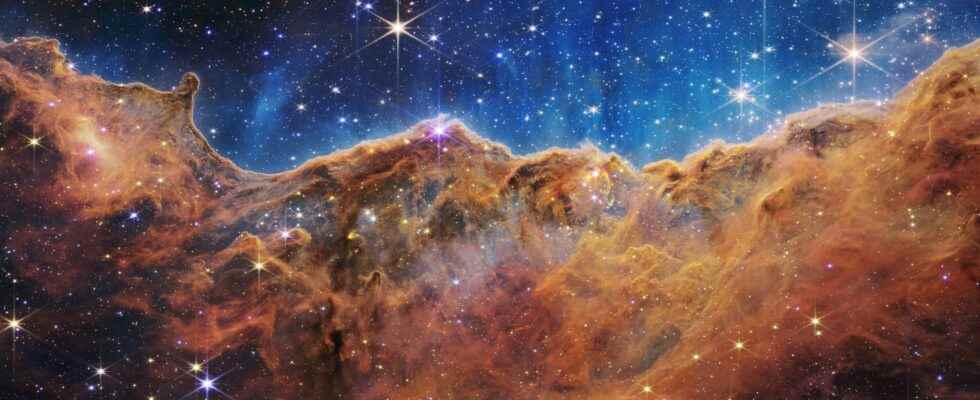Everyone knows it: Charles Darwin’s work on the evolution of living species revolutionized biology after the publication in 1859 of his book The Origin of Species. When it comes to evolution, biologists seem to have far outstripped physicists. Indeed, we often hear or read this sentence: “We had to wait until the 20th century for us to discover that the universe has a history”. It seems odd, because saying that the universe has a history is really not a scoop. It is even one of the best polished clichés: large or small, powerful or weak, lost on a rocky island or in an inhospitable desert, all human societies have proposed, each in its own way, a “history of the world”. , in other words a cosmogony. And none of these cosmogonies claims that “nothing ever happened”.
Certainly, but it is here that the matter becomes subtle, not to say tricky: when a physicist of today affirms that “the universe has a history”, he is saying something quite different from a physicist of the 19th century pronouncing this sentence, a fortiori than an ancient cosmogony. Because in the meantime, the meaning of the word “universe” has changed.
Let us recall on the one hand that the concept of universe appeared more recently than one would believe, on the other hand that it underwent several radical evolutions. The ordered “cosmos” of the ancients distinguishes two worlds, governed by different laws: the sublunary world, and the world of the stars rotating in the sky. It was in the 16th century that the noun “universe” appeared for the first time, and to Galileo we owe its first definition: a universe worthy of the name must be made up of a single kind of matter, and the behavior of this matter must be governed by “universal” laws. What does that mean? That these laws must be the same everywhere and all the time, that is to say identical at any point in space and at any time.
We learn at school that Newton was the first to develop a “universal” theory, that of gravitation. However universal it was, this theory was not enough to make the universe an object of science like the others: it is not self-evident that the container of all physical objects is itself a physical object. Newton’s universe still only designates a sort of vague envelope which contains all that is: planets and stars, as Galileo or Newton would say, but also, we might add, galaxies composed of billions of stars. , and even clusters of galaxies. It is an aquarium of which only the inhabitants are considered.
However, the history of fish and algae contained in an aquarium is not the history of the aquarium itself. To say that the objects present in the universe have a history is in no way equivalent to saying that the universe itself, as such, does indeed have one.
A twist in the 1930s
To make this final leap, a truly revolutionary new theory of gravitation – Einstein’s general relativity, published in 1915 – had to prove capable of grasping the universe as a whole, and not only by the through the physical objects it contains. With Einstein, the universe becomes a true physical object, having properties of its own, that is to say properties and attributes which do not result entirely from the objects which it contains.
This distinction is capital, because in current language, we persist in reducing the universe to the whole of what exists; it would simply be made up of the things it contains. In reality, the universe is something other than a collection of things. If one or more galaxies were removed, the universe would still exist where they were. Because what contemporary cosmologists call the universe is space-time itself, that is to say an omnipresent structure, a flexible and dynamic framework whose geometry is deformed, curved by the objects that ‘it contains. In this new framework, knowing if the universe has a history amounts to asking this question: Does space-time also have a history?
In the 1930s, thanks to astronomical observations made by Vesto Slipher and Edwin Hubble, then interpreted by Abbé Lemaître, it became clear that yes, and it was a dramatic turn of events: space itself has a history; it does not stop expanding, inflating like a balloon, distancing, by virtue of its dynamics alone, the galaxies from each other. It was this discovery that changed everything.
